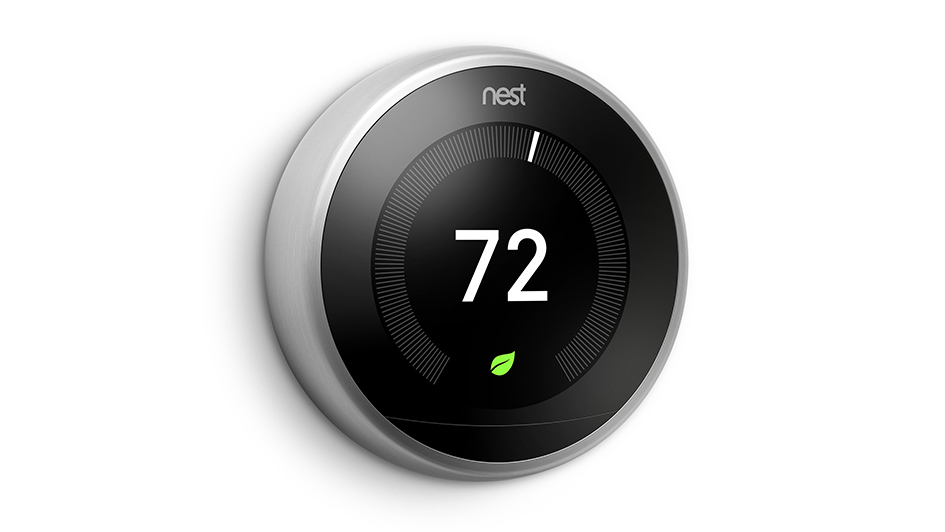
The Nest thermostat is one of the most popular smart thermostats you can get. And for good reason. It learns your temperature preferences and makes an energy-efficient schedule to match. And through geofencing with your phone, the Nest Learning Thermostat and Nest E know when you’re at your house or away and can change settings to help you save even more.
The Nest is compatible with a full range of 24-volt heating and cooling systems, but it’s always a smart idea to use the Nest thermostat compatibility checker before purchasing one. Don’t forget to check with your energy supplier for valuable rebates, as you could be able to get a Nest for free or close to it.
Once you’ve confirmed it’s compatible, you can either wire it yourself or contact a HVAC pro like Kilbourne Heating & AC. If you’re putting it in yourself, you’ll spot a terminal for the C-wire, or common wire. This wire is just used for powering your thermostat. If your house or HVAC system is older, you might not have one of these wires. Most of the time, Nest says this isn’t a problem since the thermostat can pull adequate power from other heating and cooling wires.
In some instances, your heating and cooling system could have to have that C-wire. And here’s why.
Why Your Nest Keeps Losing Power and Other Issues
The Google Nest Thermostat is better than outdated programmable thermostats that use a combination of wiring and AA batteries for power. It relies on a rechargeable lithium-ion battery and wiring to connect to Wi-Fi, power its digital display and run your heating and cooling system.
8 Common Nest Thermostat Malfunctions
If it can’t draw enough power, Nest says you could encounter some of these troubles:
- Poor battery life.
- Thermostat motion sensing won’t work.
- Your thermostat every now and then disconnects from Wi-Fi.
- Your system abruptly turns on or off, or won’t turn off.
- Your system is making odd noises, including chattering, stuttering, clicking or thumping.
- Heating or cooling is short cycling, or repeatedly turning on and off in a short period of time.
- There is a delay message on your Nest thermostat’s screen, like “heating is delayed for 2:30 minutes.”
- The system fan is continuously on, won’t run or turns off and on rapidly in a short period of time.
You could believe something is wrong with your heating and cooling system, but if you just got the Nest, we recommend you begin with your thermostat right away. This is especially pertinent if the weather is moderate, and you haven’t been running your heat or air conditioning frequently.
Our Pros Can Resolve Nest Thermostat Issues
If you’ve attempted Nest thermostat troubleshooting on your own but can’t solve the problem, a smart thermostat professional such as one from Kilbourne Heating & AC can provide support. We can identify the issue and install a C-wire, if needed.
Smart thermostats like the Nest are created to make your life simpler, by automatic energy-efficient programming and the option to monitor temps while you’re on the go. It’s a time-consuming experience when yours won’t work correctly, but our heating and cooling experts at Kilbourne Heating & AC can fix the problem in no time.
If you’re going through atypical heating and cooling behavior with your new Nest, call us at 561-287-7071 to book your appointment right away.
